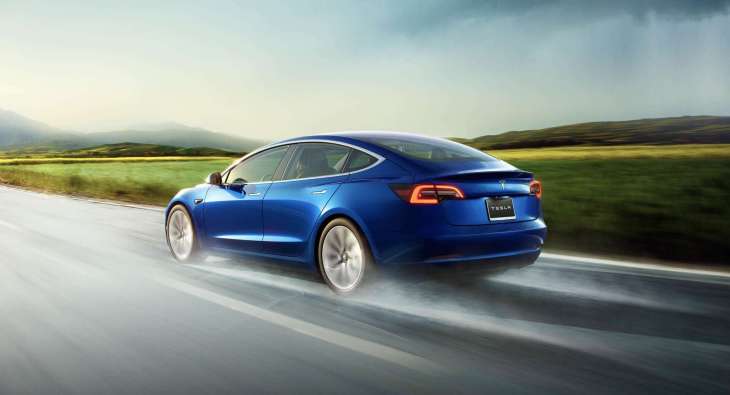Tesla said Wednesday it will use iron-based batteries for its standard Model 3 and Model Y models across global markets. The update, provided in the company’s third-quarter earnings report, confirmed hints that Tesla CEO Elon Musk has been dropping for months about the cheaper battery chemistry’s growing role in the company’s product line-up.
Lithium-iron-phosphate (LFP) batteries use an older, cheaper battery chemistry and are popular in China. Outside of China, EV batteries are predominately nickel-based — either nickel-manganese-cobalt or nickel-cobalt-aluminum. But beyond cost savings, LFP battery cells are attractive because they are not dependent on ultra-scarce raw materials like cobalt and nickel. Notably, Tesla CFO Zach Kirkhorn confirmed during an investor call Wednesday that the company has seen pricing impacts to nickel and aluminum.
One major reason why LFP batteries are not seen much outside of China relates to a series of key LFP patents, which have allowed the country to dominate the LFP market.
But those patents will soon be expiring, and it seems that Tesla has its eye on that timeframe, with executives suggesting that the company intends to bring LFP battery production to the same locations where it manufactures its vehicles.
“Our goal is to localize all key parts of the vehicles on the continent — at least the continent, if not closer, to where the vehicles are produced,” Drew Baglino, SVP of Powertrain and Energy Engineering at Tesla, told investors. “That is our goal. We’re working internally with our suppliers to accomplish that goal, and not just at the end assembly level but as far upstream as possible.”
The company also provided a very brief, and slightly hedging, update on its 4680 battery pack, a custom cell design it created in-house. Tesla has said that the 4680 battery will be capable of greater energy density and range. Baglino said the 4680 is on track to be delivered in vehicles at the beginning of next year, with structural testing and validation all on schedule. But while the company is happy with the timeline, “this is a new architecture and unknown unknowns may exist still,” Baglino added.
“From a cell perspective, we are comfortable with the design maturity and manufacturing readiness matching the pack timeline I just mentioned,” he added.
